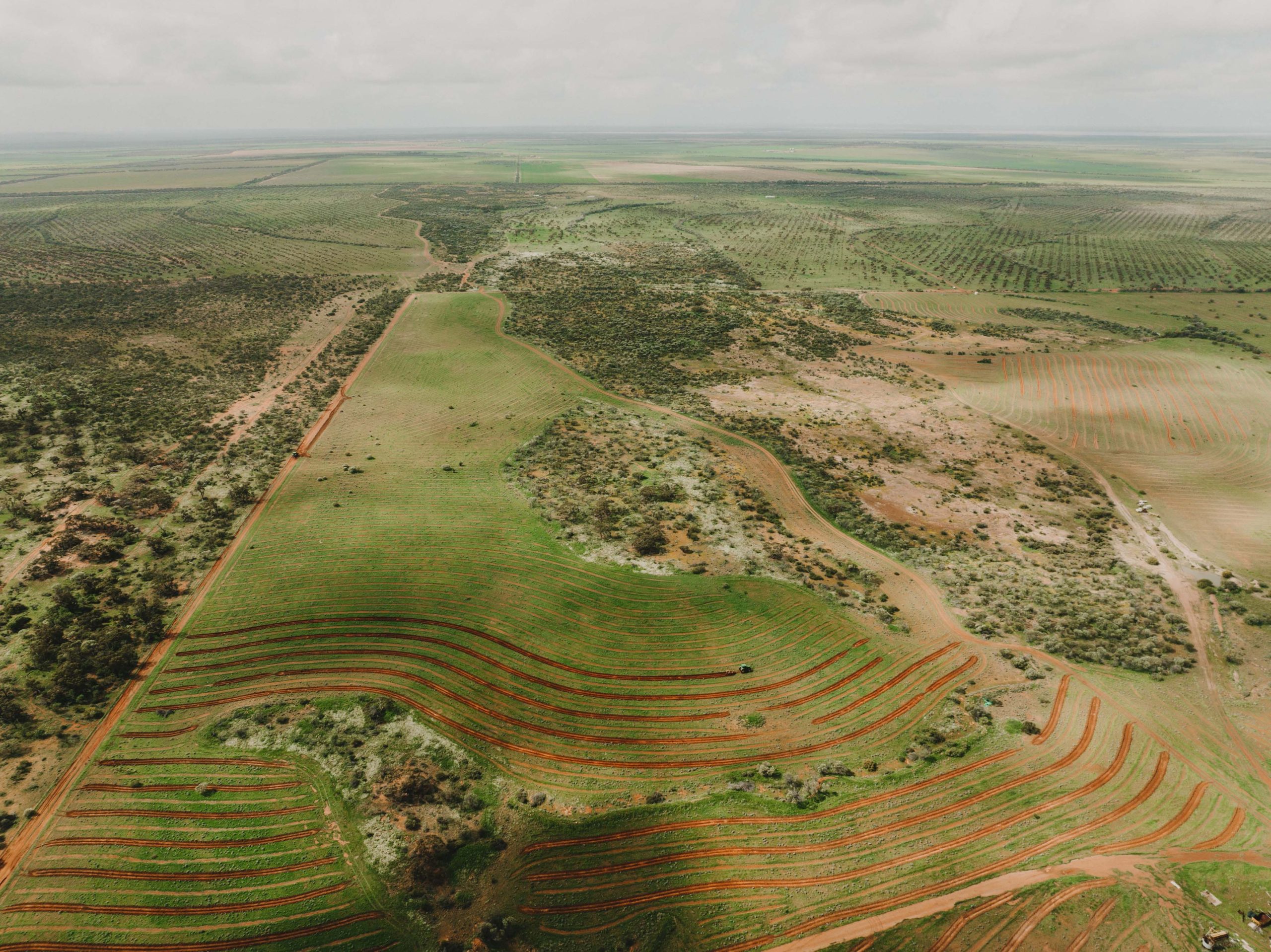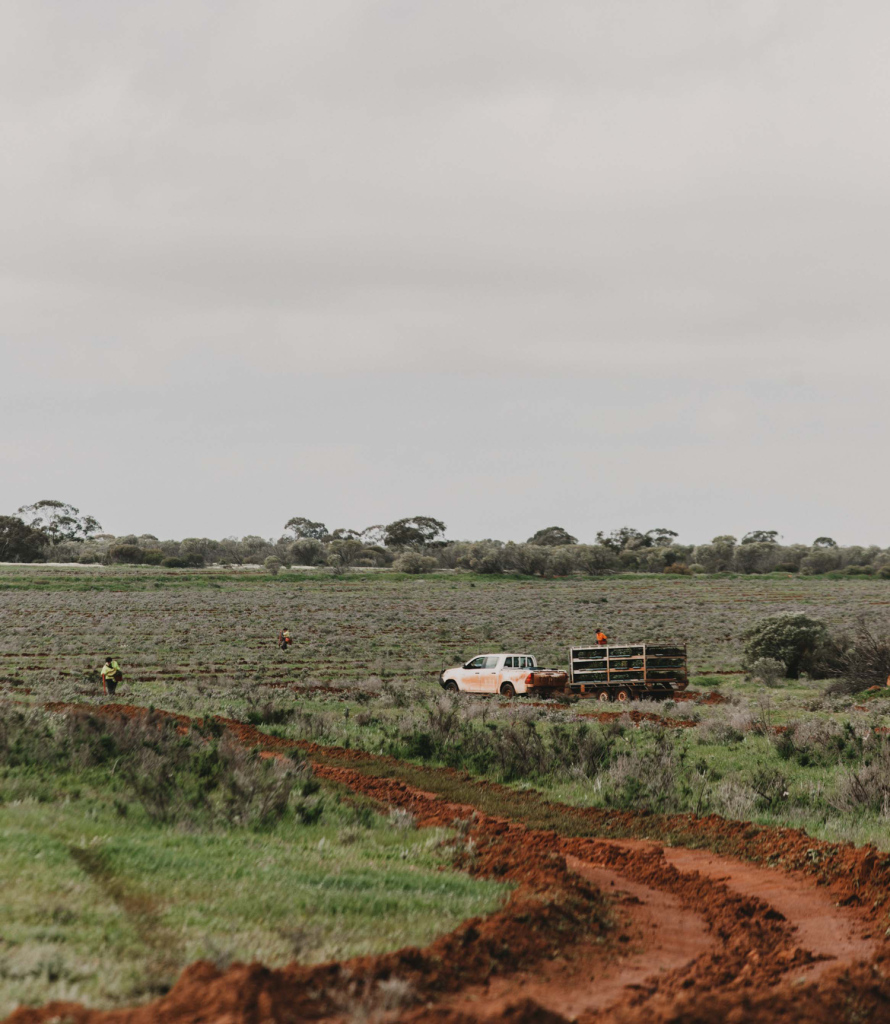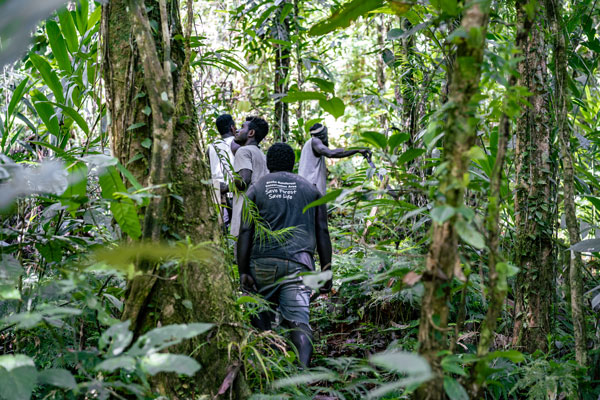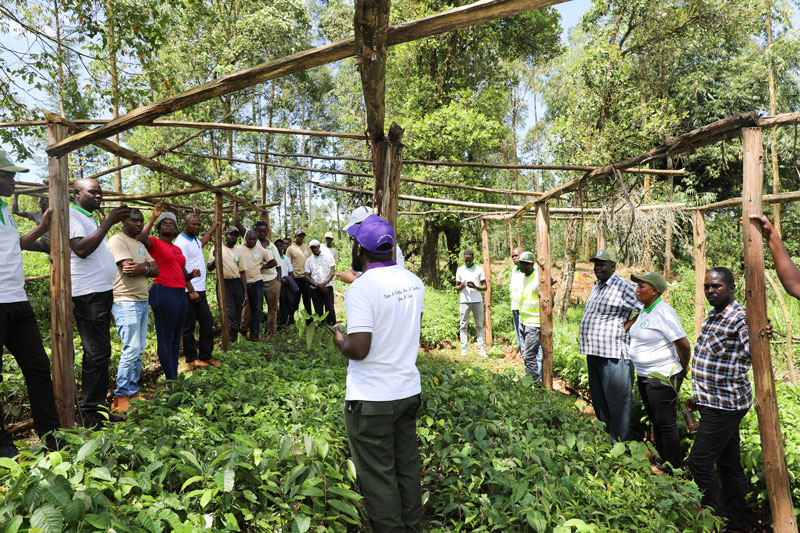Reforming the EPBC Act: A Critical Investment in Australia’s Future
Carbon Neutral
DateAugust 2024

The Environment Protection and Biodiversity Conservation Act (EPBC Act) has served as the cornerstone of Australian environmental protection for over two decades. However, its limitations in safeguarding our irreplaceable ecosystems and halting biodiversity decline have become increasingly apparent. The ongoing reforms to the EPBC Act present a pivotal opportunity to reimagine environmental protection for the 21st century.
The Imperative to Act Now
Extinction rates in the regions in which Carbon Neutral does the majority of its plantings are particularly concerning compared to other parts of the world. As part of the Southwest Australia Ecoregion, a global biodiversity hotspot, the region is home to unique species found nowhere else on Earth. Australia has one of the highest rates of species extinction globally, and Western Australia significantly contributes to this statistic.
Iconic species such as the Western Swamp Tortoise and Gilbert’s Potoroo are critically endangered, with habitat destruction from agriculture, urban development, and mining being primary drivers. Despite conservation efforts, existing legal frameworks like the EPBC Act have struggled to curb biodiversity loss effectively. Climate change further exacerbates these threats, with rising temperatures and changing rainfall patterns endangering many species. The high extinction rates in Western Australia highlight the urgent need for robust conservation efforts to protect and restore its unique ecosystems and species.
Failings of the Current EPBC Act
Despite its foundational role, audits and reviews have repeatedly highlighted that the EPBC Act is not effectively protecting the environment. Australia has one of the world’s highest extinction rates, and the Act has not been able to adequately address this decline. Home to an estimated one million unique species, with over 80% of our mammals and 93% of our frogs found nowhere else on Earth, Australia is witnessing its incredible biodiversity vanish at an alarming rate. The Act’s inability to effectively consider climate change further exacerbates this issue, as it struggles to assess the impact of new projects on critical areas like the Great Barrier Reef.
Moreover, the approval process under the EPBC Act is criticised for being slow and complex. This inefficiency discourages investment and delays development projects, creating frustration among businesses and environmental advocates alike. The need for a more streamlined and effective process is evident to ensure that both environmental protection and economic development can coexist harmoniously.
The need for reform
The urgency for reform is underscored by stark environmental realities. Australia’s high extinction rates highlight the pressing need for an overhaul of our environmental protection strategies. The proposed reforms to the EPBC Act aim to address these challenges, offering a glimmer of hope for reversing the current trends of environmental degradation.
The proposed reforms promise a more robust and efficient environmental protection framework. One significant change is the establishment of a new independent Environment Protection Authority (EPA), announced in the second stage of reforms. This new EPA is envisioned as a federal environmental regulator, making evidence-based decisions free from political influence. This shift towards an independent body aims to enhance the integrity and effectiveness of environmental governance.
Additionally, the reforms propose a $100 million investment in Environment Information Australia (EIA) to manage national environmental data. This focus on improved data management aligns with the goal of achieving “net-positive” outcomes for Matters of National Environmental Significance (MNES). This represents a paradigm shift from merely minimising damage to actively restoring our environment.
Financial backing and momentum
The positive momentum behind the EPBC Act reforms is bolstered by the recent Australian 2024-25 Budget. This budget includes funds to deliver critical components of the Nature Positive Plan, which directly supports the ongoing EPBC Act reforms. The financial commitment allocates resources to progress Stage 2 and Stage 3 reforms, providing much-needed stability and ensuring the continuation of this critical process.
Key Facts about the EPBC Act reform and the Australian 2024-25 budget
The EPBC Act reforms aim to address Australia’s high extinction rate and improve environmental protection. As part of these changes, a new independent Environment Protection Authority (EPA) will be established to make evidence-based decisions. Additionally, Environment Information Australia (EIA) will receive $100 million to manage national environmental data. The reforms strive to achieve “net-positive” outcomes for Matters of National Environmental Significance (MNES). Furthermore, the 2024-25 Budget allocates funds to progress critical stages of the Nature Positive Plan, directly supporting the EPBC Act reforms. This financial commitment ensures ongoing reform efforts and signifies government backing for a more robust environmental protection framework.

A collaborative path forward
These reforms, coupled with the budgetary allocation, represent a significant step towards strengthening Australia’s environmental protection strategies. However, for these reforms to be truly successful, transparency and accountability are paramount. Easy access to environmental data, facilitated by the Environment Information Australia (EIA), empowers the public to hold decision-makers accountable and participate meaningfully in environmental discussions. A strengthened compliance and enforcement regime is also vital to ensure that environmental standards are upheld.
A call to action
The road ahead requires collaboration from all stakeholders. Industry can contribute by embracing sustainable practices and seeking environmental solutions as part of the development process. Indigenous communities hold crucial knowledge for effective land management, and their voices must be integrated into decision-making.
The reformed EPBC Act has the potential to be a game-changer for Australia’s environmental future. By prioritising effective protection, streamlining processes, and fostering collaboration, we can strike a vital balance between economic development and environmental sustainability. This is not just about safeguarding our natural wonders; it’s about securing a healthy and prosperous future for generations to come.
Reforms to the EPBC Act are essential and urgent to combat mass extinctions and the climate crisis. However, the need for action is immediate. Waiting for legislative changes may take years, and the environmental challenges we face cannot afford such delays. Carbon Neutral’s range of products and services offers our partners the opportunity to make a significant impact right now. By engaging in our programs, businesses can contribute to vital conservation efforts and climate action today.
Carbon Neutral enables proactive steps towards a sustainable future, empowering partners to address pressing environmental issues without waiting for government reforms. Our initiatives, from tree planting to carbon offset programs, provide tangible benefits to biodiversity and carbon reduction. Through immediate involvement, partners can help mitigate the effects of climate change and prevent further loss of invaluable ecosystems, demonstrating that timely action is not only possible but crucial.
The time to act is now.









